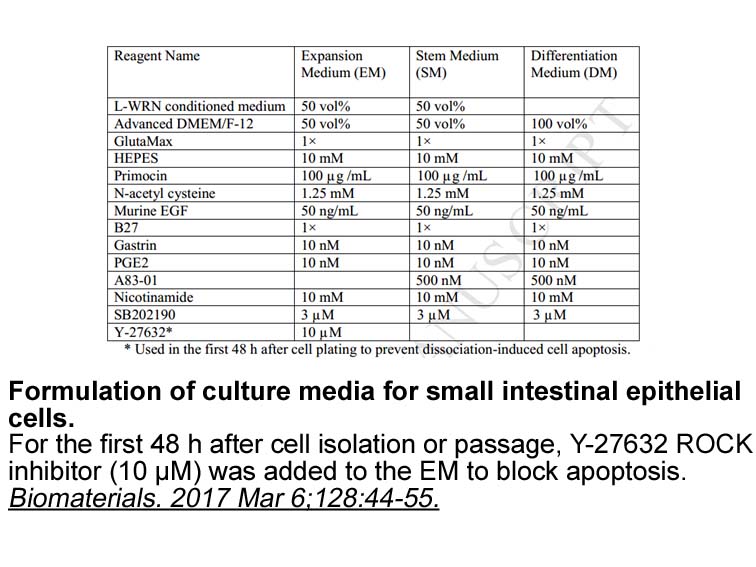Archives
Crystallographic and NMR based analyses
Crystallographic and NMR-based analyses have revealed that RINGs and U-boxes have a common mode of interaction with E2s (Fig. 2A). The key structural elements are two loop-like regions, which, in the case of RINGs, coordinate Zn. The loops surround a shallow groove formed by the central α-helix. Together these elements serve as a platform for interactions with the UBC domain of E2s (Fig. 2A). The E2 surface that interacts with the RING domain overlaps with the region that interacts with E1, leading to the notion that dissociation of E2s from RINGs is required for an E2 to be ‘reloaded’ with ubiquitin by E1 [80], [81], [82]. A characteristic of RING:E2 interactions is that they are generally of low affinity, typically with Kd values in the high micromolar range. Thus, even though a RING domain may function robustly with an E2, assessing physical interactions between these proteins using standard ‘pulldown’ approaches is often not fruitful. Exceptions to this feature include E3s such as gp78 [83], Rad18 [84], and AO7 [50] (S. Li, Y. Liang, X. Ji, & A.M.W., unpublished observations), which contain regions outside the RING motif that bind E2s through distinct interfaces, resulting in high affinity interactions (see below).
RING:E2 interactions typically involve conserved, bulky CP 154526 side chains. Mutation of these side chains mitigates E2 binding and causes decreased levels of ubiquitination activity in vitro, as demonstrated for c-Cbl Trp408Ala [85], CNOT4 Leu16Ala [74], and BRCA1 Ile26Ala [86]. However, because a given RING can function with a cohort of E2s with varying binding affinities [86], [87], mutation of such RING domain:E2 residues may yield unexpected results. For example, residual activity is observed in vitro for the BRCA1 Ile26Ala mutant with select E2 pairings (J.N.P., D.M. Wenzel, & R.E.K., unpublished observations), and the analogous mutation in other  RING E3s does not consistently eliminate activity (J. Callis, UC Davis, personal communications). Thus, the relationship between E2 binding and activity remains to be fully characterized and will require mutants where, in the context of a correctly folded RING (i.e. retaining its Zn-coordinating residues), E2 binding is abolished. Conversely, in vivo analysis of RING function demands a truly ‘ligase-dead’ mutant that retains E2~Ub binding. Identification of such mutants awaits a more thorough definition of RING catalytic function.
RING E3s does not consistently eliminate activity (J. Callis, UC Davis, personal communications). Thus, the relationship between E2 binding and activity remains to be fully characterized and will require mutants where, in the context of a correctly folded RING (i.e. retaining its Zn-coordinating residues), E2 binding is abolished. Conversely, in vivo analysis of RING function demands a truly ‘ligase-dead’ mutant that retains E2~Ub binding. Identification of such mutants awaits a more thorough definition of RING catalytic function.
RINGs as activators of E2~Ub
In contrast to HECT-type E3 ligases, RING-type E3s lack a bona fide catalytic center. A lingering question in the field has been whether RINGs serve solely to position E2~Ub relative to the substrate, or if they also serve as activators of E2~Ub. Clearly, unwanted ubiquitination events in the cell are detrimental, so it follows that the reactive E2~Ub species must be activated at the opportune moment for transfer. Specialized examples have indeed provided evidence in support of an activating role for RING E3s. One involves the E2 Ubc13 (Ube2N in humans), which catalyzes free, K63-linked polyubiquitin chains in the presence of its accessory protein, Mms2. A crystal structure of the Mms2:Ubc13~Ub complex revealed that Mms2 binds an incoming substrate ubiquitin in a way that orients the ubiquitin K63 directly towards the Ubc13~Ub thioester [88]. Thus, this heterodimeric E2 carries its own substrate-binding domain and does not require an E3 to coordinate substrate. Nevertheless, ubiquitin chain formation by Mms2:Ubc13 is dramatically enhanced in the presence of a minimal RING domain [89]. A second example, inspired by work of the late Cecile Pickart, showing E2-catalyzed Ub transfer onto free Lys, demonstrates an increased rate of ubiquitin discharge to small molecule nucleophiles in the presence of minimal RING domains [45], [90]. Use of these substrate-independent assays has allowed the observation of a catalytic role for RING-type E3s in ubiquitin transfer reactions uncoupled from proximity effects afforded by E3:substrate interactions.